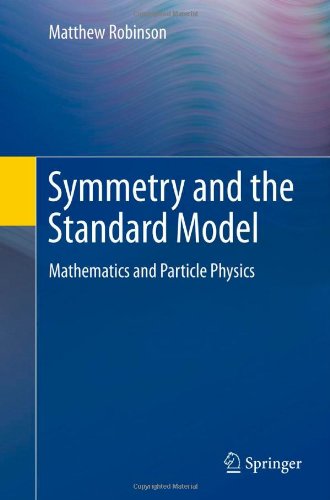

Most ebook files are in PDF format, so you can easily read them using various software such as Foxit Reader or directly on the Google Chrome browser.
Some ebook files are released by publishers in other formats such as .awz, .mobi, .epub, .fb2, etc. You may need to install specific software to read these formats on mobile/PC, such as Calibre.
Please read the tutorial at this link: https://ebookbell.com/faq
We offer FREE conversion to the popular formats you request; however, this may take some time. Therefore, right after payment, please email us, and we will try to provide the service as quickly as possible.
For some exceptional file formats or broken links (if any), please refrain from opening any disputes. Instead, email us first, and we will try to assist within a maximum of 6 hours.
EbookBell Team

4.1
100 reviewsWhile elementary particle physics is an extraordinarily fascinating field, the huge amount of knowledge necessary to perform cutting-edge research poses a formidable challenge for students. The leap from the material contained in the standard graduate course sequence to the frontiers of M-theory, for example, is tremendous. To make substantial contributions to the field, students must first confront a long reading list of texts on quantum field theory, general relativity, gauge theory, particle interactions, conformal field theory, and string theory. Moreover, waves of new mathematics are required at each stage, spanning a broad set of topics including algebra, geometry, topology, and analysis.
Symmetry and the Standard Model: Mathematics and Particle Physics, by Matthew Robinson, is the first volume of a series intended to teach math in a way that is catered to physicists. Following a brief review of classical physics at the undergraduate level and a preview of particle physics from an experimentalist's perspective, the text systematically lays the mathematical groundwork for an algebraic understanding of the Standard Model of Particle Physics. It then concludes with an overview of the extensions of the previous ideas to physics beyond the Standard Model. The text is geared toward advanced undergraduate students and first-year graduate students.